Why is the first "Satellite" fell to the Ground just three months?
 Source:
Source:October 4, 1957 the Soviet Union launched "Sputnik 1" which rose above the earth's atmosphere and went into orbit of our planet, making a complete revolution around it in 90 minutes. In conditions of clear sky peace of those times, it was the only kind of object: artificial, man-made satellite. Unofficially, this meant the beginning of the space race, military and political activities which for decades was fascinated by international politics.
But "Satellite" in Earth orbit has not. In fact, he stayed there so long that by the time of the launch of Explorer 1, first U.S. satellite in space, around the Earth for quite some time flying the "Sputnik 2" with the first animal in space. But the original Sputnik, completing 1400 orbits, fell to the Ground.
What happened to the "Companion" was quite expected. In fact, this happens with most satellites, if you launch them into orbit and give to themselves. With each completed orbit, the first satellite reaches the apogee, the maximum distance from the Earth's surface, and then the perigee, the closest it approaches Earth. For low earth orbit it essentially means that the satellites are within a few hundred kilometers above the Earth's surface. Given that the line separating the Earth's atmosphere and outer space, is at an altitude of only 100 kilometers, at first glance it may seem that the satellites must permanently remain in space.
But in reality the situation is much more complicated. The atmosphere is not a sudden end or border. Gaseous state does not tend to take the form for some reason except the following: as you climb higher, the particle density will continue to fall, which are heated by collisions, will move with different speed: some faster, some slower, but with a clearly defined average speed.
The higher you go, the more likely you will find particles that have more energy, because to rise to great heights need more power. The density of such particles at high altitude will, of course, lower, but never drops to zero.
We found the atoms and molecules that remain gravitationally bound to the Earth at altitudes of up to 10,000 kilometers. The only reason we did not go beyond 10,000 miles, that at this altitude the Earth's atmosphere becomes indistinguishable from the solar wind: both consist of hot atoms and ionized particles.
The vast majority of our atmosphere (by mass) is contained in the lowest layers in the troposphere account for 75% on the stratosphere for another 20% in the mesosphere — almost 5%. But the next layer, the thermosphere, is incredibly scattered.
While the atmospheric particle at sea level must travel a microscopic distance to collide with another molecule, the thermosphere is so diffuse that an ordinary atom or molecule can overcome the kilometer and with nothing to face.
The Thermosphere may seem like empty space, because even the atom can not be found. But rising to the height of the Earth's atmosphere, you linger in the back of this abyss of low density, being at your peak parabolic orbit, and then slowly return to their home planet under the force of gravity.
But if you spacecraft, you will experience something completely different. The reasons are as follows:
the-
the
- You do not rise from the Ground and wrap around her in an orbit, that is, move in the opposite direction to the hot air particles. the
- Since you are in a stable orbit, you have to move fast: at least 7 miles per second to stay in space. the
- You have dimensions not of the atom but of the spacecraft.
These three points together lead to disaster for any of the satellite into orbit.
This disaster is inevitable because of the resistance faced by the satellite, which determines how much the speed of the satellite loses over time due to atmospheric particles that enter it at a relatively high speed. Any satellite in low earth orbit will have a lifespan from several months to several decades, but no more. You can fight it, climbing higher, but it won't help much.
Every time the Sun erupts with some activity, like sunspots, solar flares, coronal mass ejections or other explosive events, the Earth's atmosphere heats up. The hotter the particles, the higher the speed, higher speeds will mean that they rise above, increasing the density of the atmosphere, even in space. When this happens, even companions, which were almost beyond the gravitational attraction, begin to fall to the Ground. Magnetic storms can also increase the density of the air at extremely high latitudes.
And this process is cumulative, in the sense that since the satellite is experiencing attraction, its perigee drops to lower and lower altitudes. Now, at these lower altitudes, the drag force increases even more, and this leads to the fact that you lose your kinetic energy, which keeps you in orbit even faster. The final death spiral it may take thousands, tens of thousands or even hundreds of thousands of orbits, but because the orbit is completed in 90 minutes, any satellite in low earth orbit will live a few decades at best.
This problem of falling back to Earth was a problem not only for the firstsatellites of the 1950s years, but remained a problem for almost all satellites that we have ever launched. 95% of all created by people satellites are in earth orbit, including the International space station and the Hubble space telescope. If we periodically clocked these devices, many of them already fell to the Ground.
The Hubble and the ISS would be less than 10 years in their current orbits, if we just let them die. And while the great companions and die, they do so at the expense of uncontrolled entry into the atmosphere. Ideally, they should burn up in the atmosphere or fall into the ocean, but if the debris will fall on the people, would be a disaster.
And a telescope "Hubble", too, must fall to the Ground. Its orbit will decrease. The telescope will be fine, but with each orbit it will be closer and closer to Earth.
The Final mission of the telescope includes the docking mechanism, which was installed on the telescope: Soft Capture and Rendezvous System. Any fitted properly will be able to safely deliver the telescope back home.
But if you talk about 25 000 other satellites in low earth orbit, to carry out a controlled reentry is not possible. The Earth's atmosphere will drop them below the line of the Pocket, below the space that we drew. If you stop launching satellites today, a hundred years will not have any traces of presence of mankind on earth orbit.
"Sputnik-1" was launched in 1957 and just three months later he spontaneously descended from orbit and fell to the Ground. Particles in our atmosphere rises much higher than any of the artificial lines that we've drawn, affecting all our satellites. The farther away the perigee, the longer you'll stay in orbit. Until we have technology that will maintain the satellites in orbit without fuel, the Earth's atmosphere will remain the most destructive force in preventing human presence in space.
Good or bad? Tell us in our
Recommended
The Americans on the moon: what everyone should know?
the Upcoming cosmonautics day is my favorite holiday. It marks the triumph of the human mind: in just four thousand years Homo Sapiens went from hunter-gatherers to space explorers. 12 April 1961 Soviet cosmonaut Yuri Gagarin became the first man in ...
Why are some galaxies spiral shaped?
you Know what surprised me the most? The fact that we perceive the surrounding world as it is. Animals, plants, the laws of physics and the cosmos are perceived by many people as something so mundane and boring that they invent fairies, ghosts, monst...
Astronomers were able to see the death of another star system
In the cosmic ocean drifts a lot of mysteries about the existence of which we are unaware. One of these was uncovered five years ago, when astronomers have discovered a lonely star at a distance of 570 light years from Earth, the brightness of which ...
Related News
Elon Musk to live on Mars will not only the rich
the issue with the colonization of Mars every year becomes more urgent, so interested in the environment begin to emerge of the expected conversations about the availability of the ticket to the Red planet: they say that "fun" wil...
How to visit a black hole without leaving home?
Despite the fact that black holes appear in many science fiction movies, astrophysicists still don't know what they look like in reality. It seems that the time of ignorance has passed in part — researchers from the Netherlands un...
Scientists have found the explanation of the mysterious lines on Phobos
back in the 1970-ies, during the Mariner and Viking missions, the space Agency has received photographs of Mars and its satellite Phobos. That's when astronomers noticed that the moon's surface there is a mysterious band. They had...
InSight: NASA prepares for "seven minutes of terror" on Monday
the Probe was almost 500 million kilometers and is ready to fall on the surface of Mars. It was launched on 5 may and now scientists from the jet propulsion Laboratory of NASA to produce final calculations of course. The probe its...
What to build on Mars? Look at these 3D details of fake moon dust
Mars will not be the diversity of natural resources on which we rely on Earth, and the astronauts who try to colonize or just to visit the Red planet, will be able to bring only a small Luggage. Thus our knowledge of what Mars is ...
Announced launch date of "hunter of exoplanets" Cheops
In recent years the humanity is searching for exoplanets, and for several years the European Space Agency () led the development of the Cheops space telescope designed to find planets similar to ours. Cheops also called the "hunte...
China is preparing for a new ambitious mission to land on the side of the moon
In December, China will attempt the first ever soft landing of a spacecraft on dark side of the moon. The official start date of the mission have not been announced, but according to the latest rumors, the launch should take place...
When black holes become unstable?
There are several ways to create a black hole from collapsing core of a supernova before the neutron stars merge with the collapse of a huge number of substances. If we take the lower limit, black holes can have a 2.5 — 3 th...
#Video | the Cargo ship "Progress MS-10" leaves Earth
For images of beautiful types of space in cinema, filmmakers mostly using the computer graphics. As it turned out, impressive shots can be done without any additional programs — it proved to the European space Agency ESA. On his Y...
InSight almost reached Mars. What he tells us about the red planet?
"Earth and Mars were formed from very similar materials," says Bruce Banerdt, InSight principal investigator at the jet propulsion Laboratory of NASA in Pasadena, California, which manages the NASA mission InSight. "Why, in the en...
The outer Solar system waiting. But how are we going to get it?
just over a year starts a new decade, and with it opens a whole new flow of ideas for NASA missions, some closer — like Mars, some away. Some quite distant. Some people expect that we will open the era of robotic travel in worlds ...
Scientists are developing an AI to control a space colony
the space Agency NASA somewhere in the 2030-ies wants to send a manned mission to Mars. In order to safely reach the red planet, the Agency will require the most advanced and reliable space technology. One of such technologies may...
Ship Crew company SpaceX Dragon without a crew will fly to the ISS on 7 January
the First demonstration of an unmanned flight of the spacecraft Crew Dragon company SpaceX to the International space station will take place on January 7, 2019. Information about this appeared on Wednesday evening on the official...
3D printer from NASA will turn plastic waste into tools directly into orbit
3D printers are used almost everywhere. But anyone who at least superficially familiar with the technology of 3D printing knows that as raw materials they use are quite specific materials. However, NASA engineers have created a ve...
"Seven minutes of terror": how will the landing module InSight to Mars
the Last time the space Agency NASA has conducted the landing of a spacecraft on the surface of Mars six years ago. It was a Curiosity. However, next week, on November 26 in the planet's atmosphere will enter a new InSight spacecr...
NASA will conduct safety checks, SpaceX and Boeing because of the "herd" Mask
the space Agency NASA is going to conduct a comprehensive safety examination of the companies, SpaceX, and . Recall that both are engaged in the creation of spacecraft for the delivery of American astronauts to the International s...
Crater, Jezero able to solve the mystery of life on Mars
the Mars Rovers Spirit, Opportunity and Curiosity previously found evidence that many years ago Mars could Harbor life. NASA is interested in studying this hypothesis — namely that in two years will the new Mars Rover, called Mars...
NASA may abandon the SLS rockets if SpaceX and Blue Origin will offer a suitable alternative
currently, the U.S. space Agency is developing a rocket Space Launch System (SLS). It is entrusted with hopes to return Americans to the moon, and in the future – to deliver to Mars. At the same time, within the Agency addresses t...
The famous scientist spoke sharply about the idea of terraforming Mars
Talking about the possibility of terraforming Mars to walk for a long time. We all understand that now humanity has no technologies that could not afford it. However, in scientific and pseudo-scientific environment, there are peop...
Virgin Orbit conducted the first test flight of the rocket LauncherOne
In recent years more and more private companies are making progress in the field of launches of spacecraft into orbit. And soon after successfully launch their rockets and SpaceX , which launched its first rocket into space last w...




















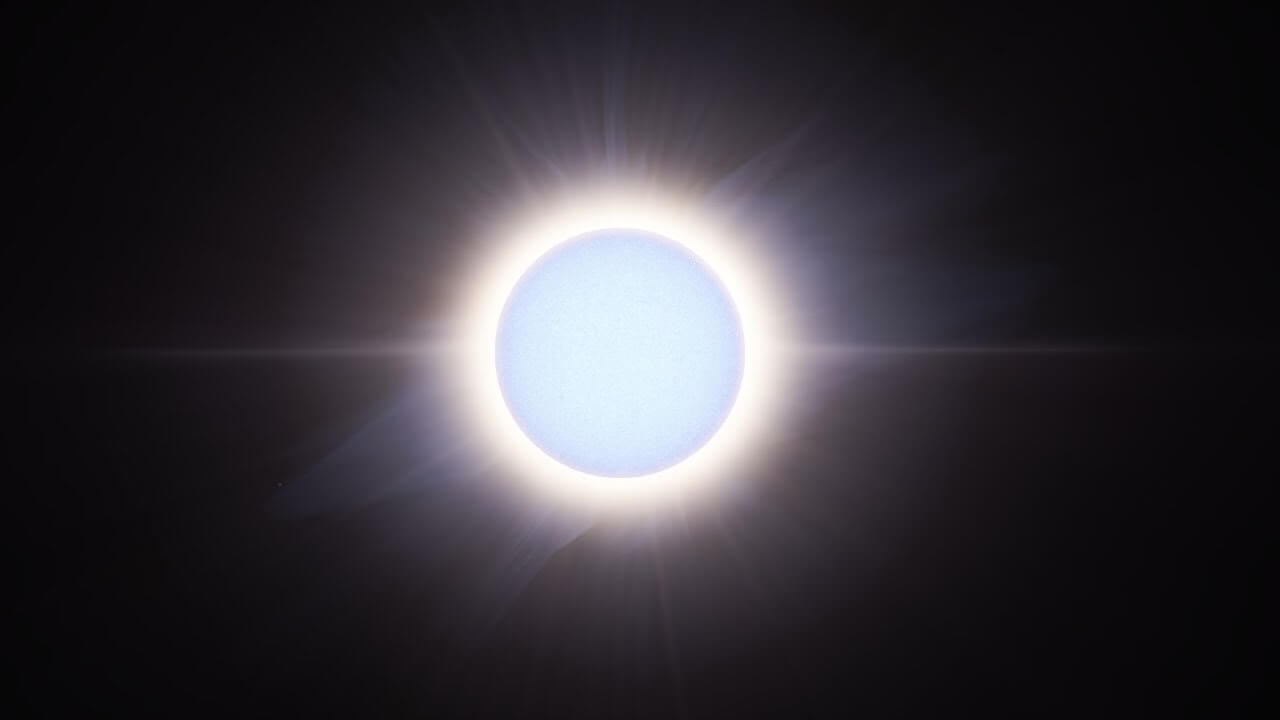
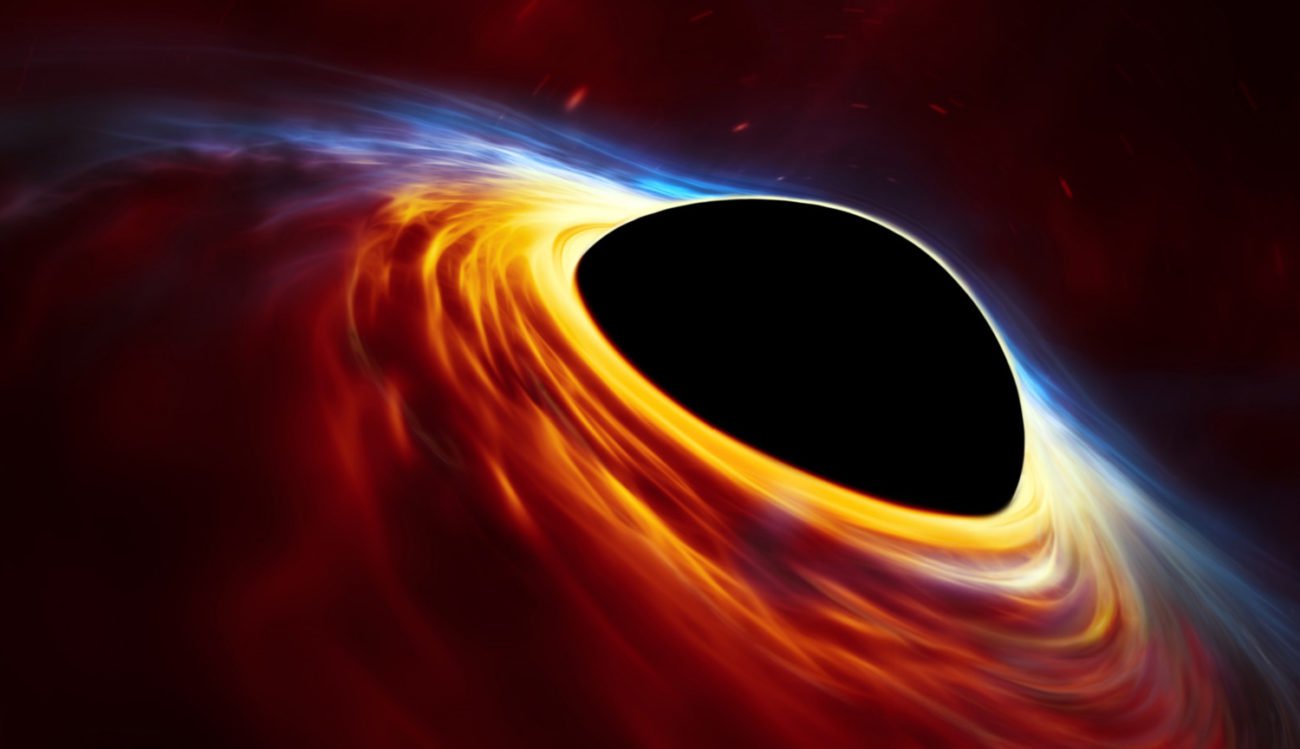
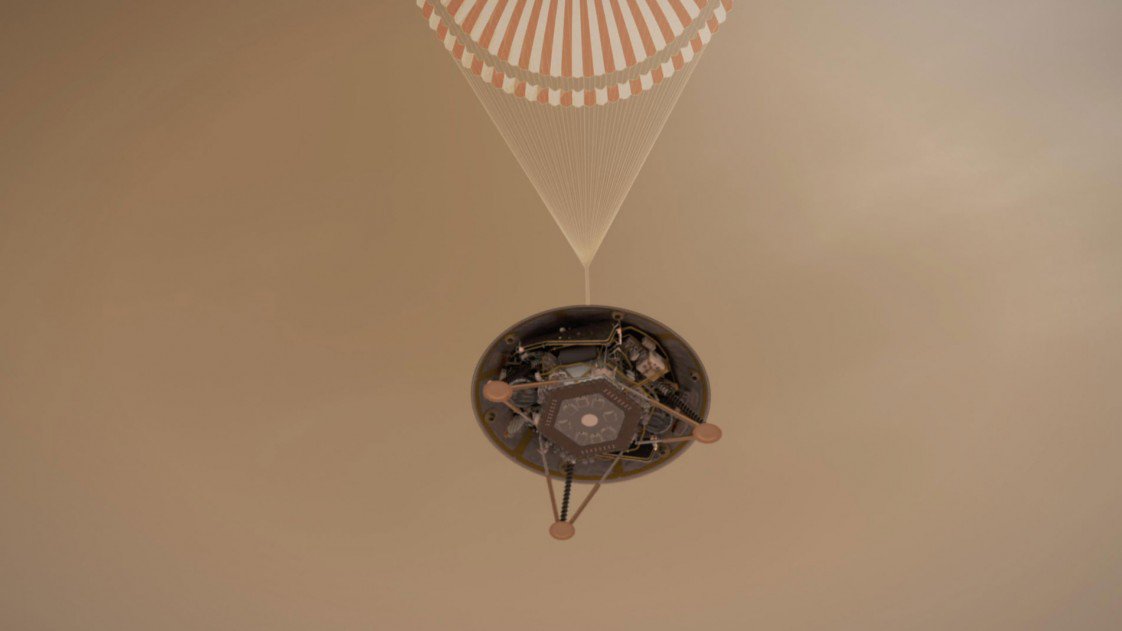
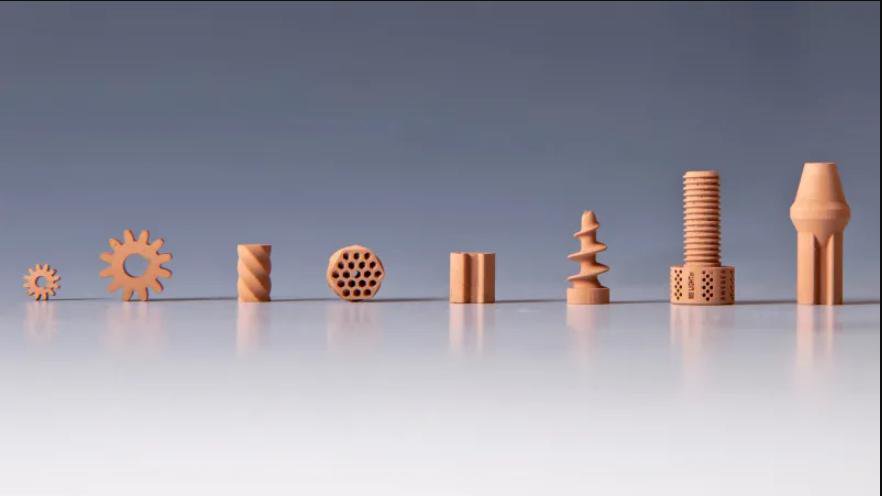
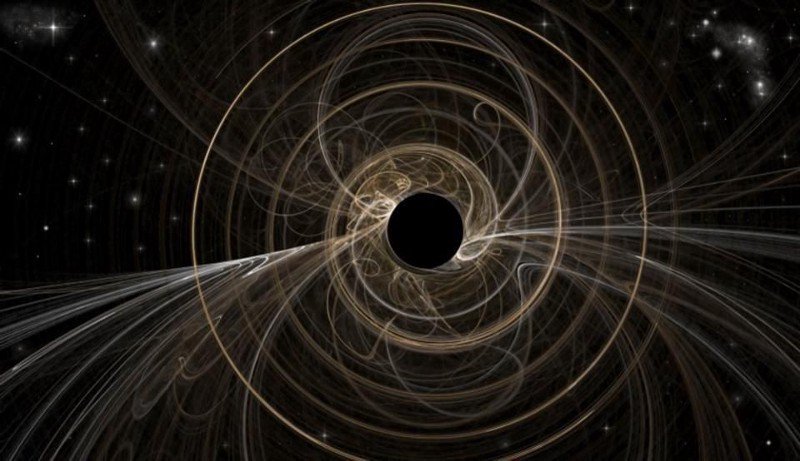
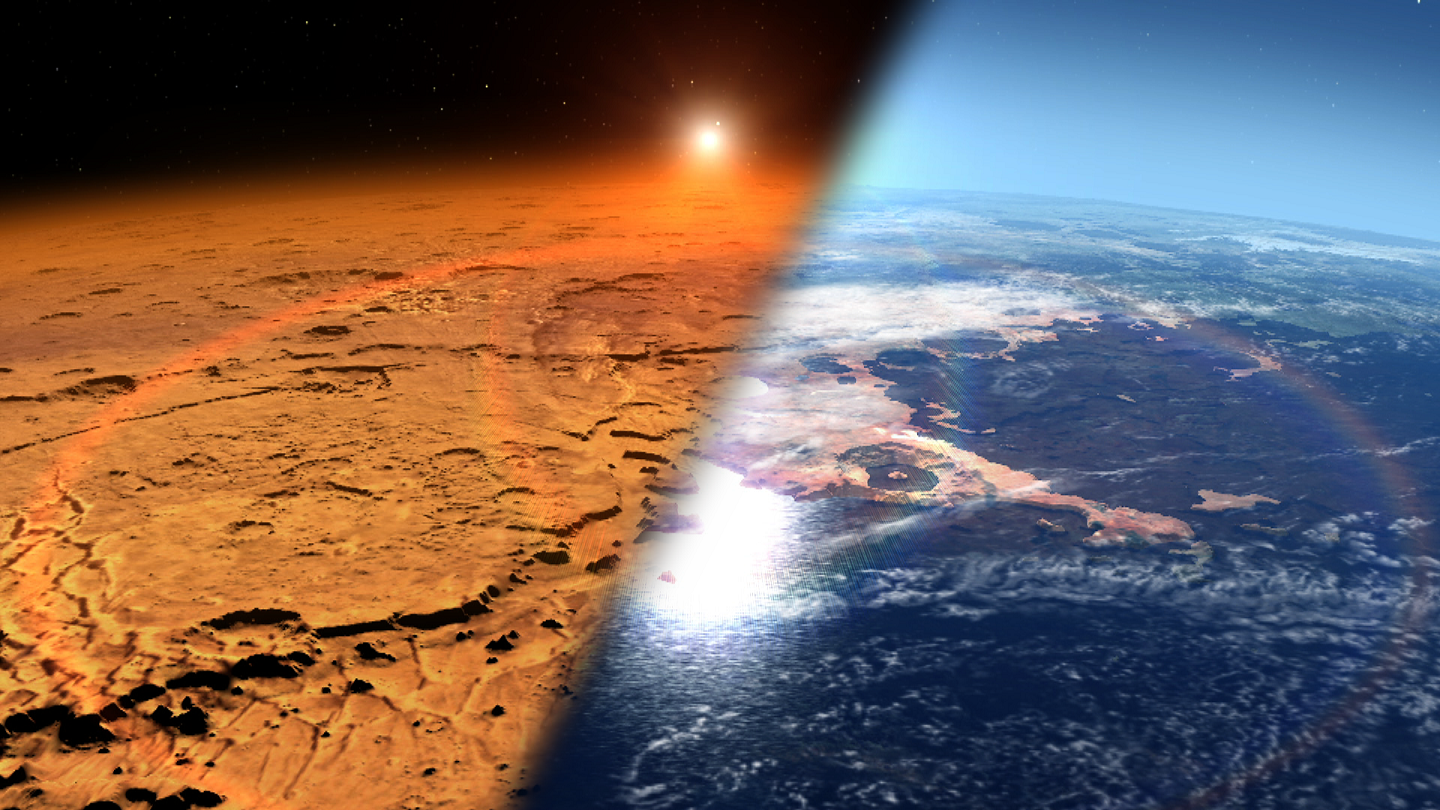
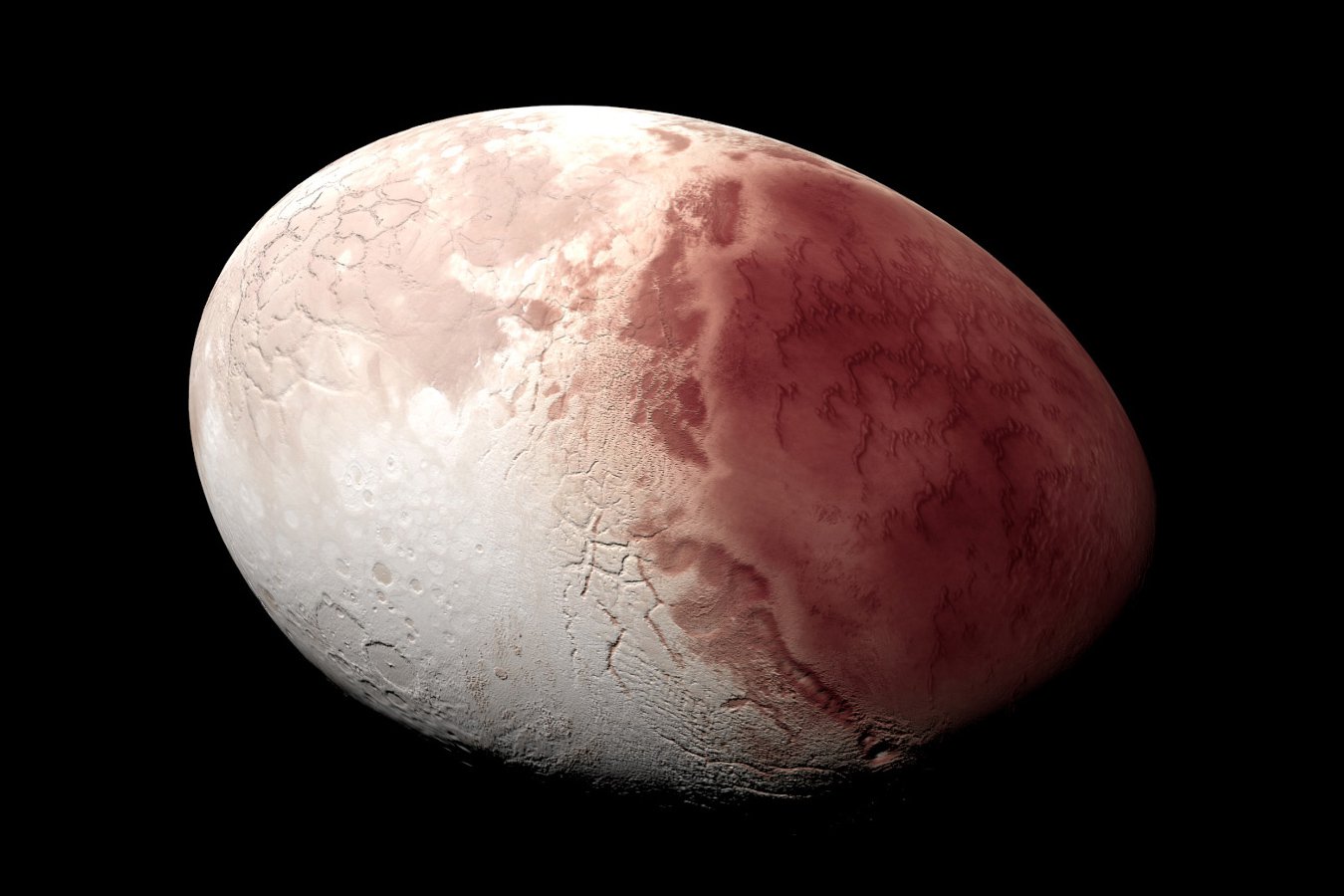
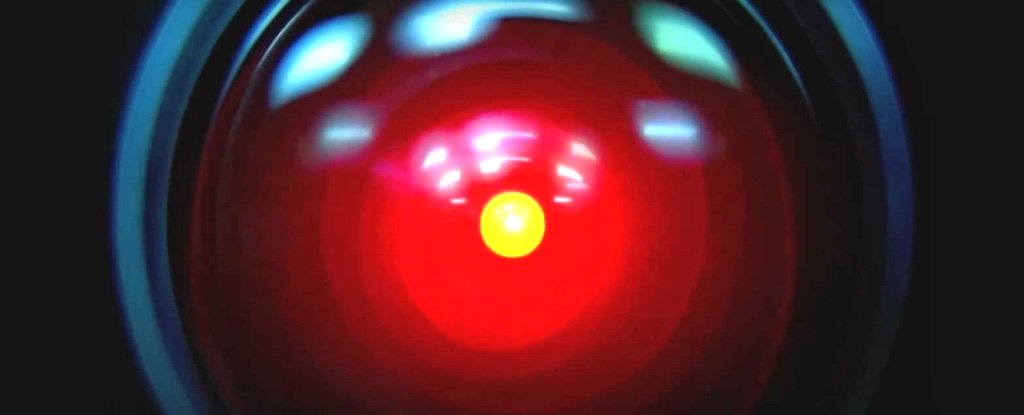
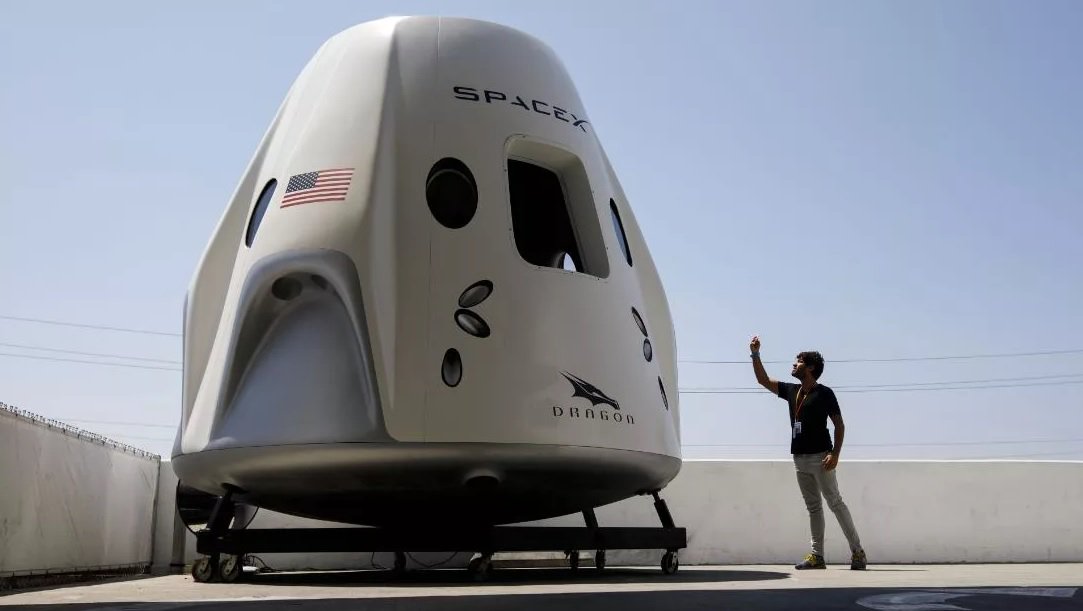
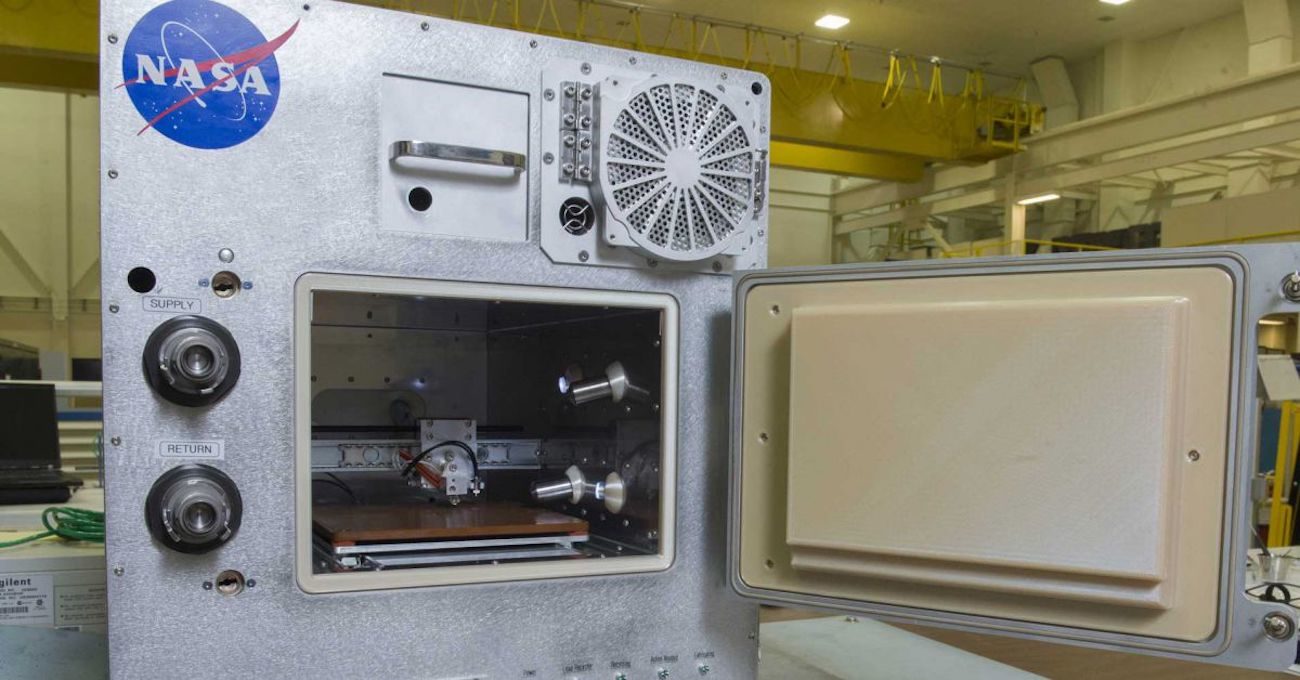
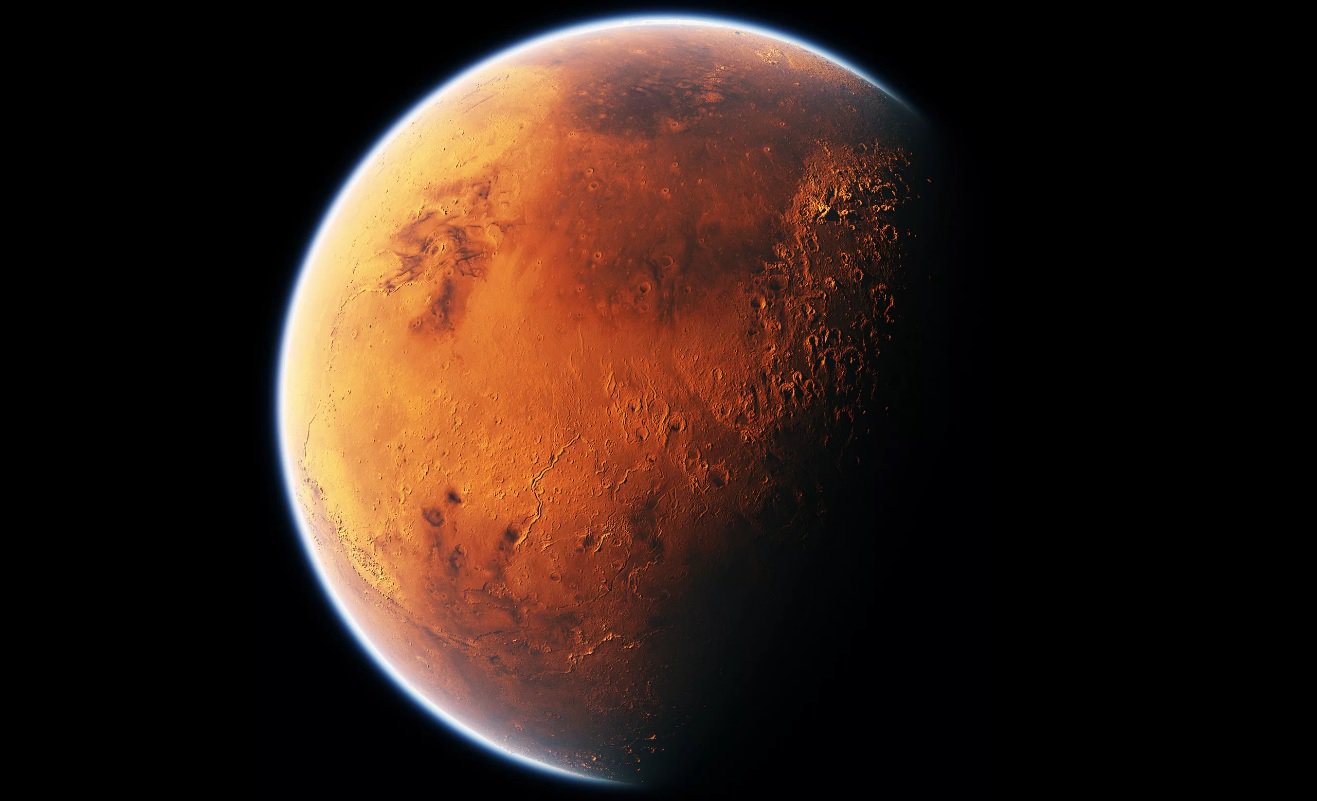
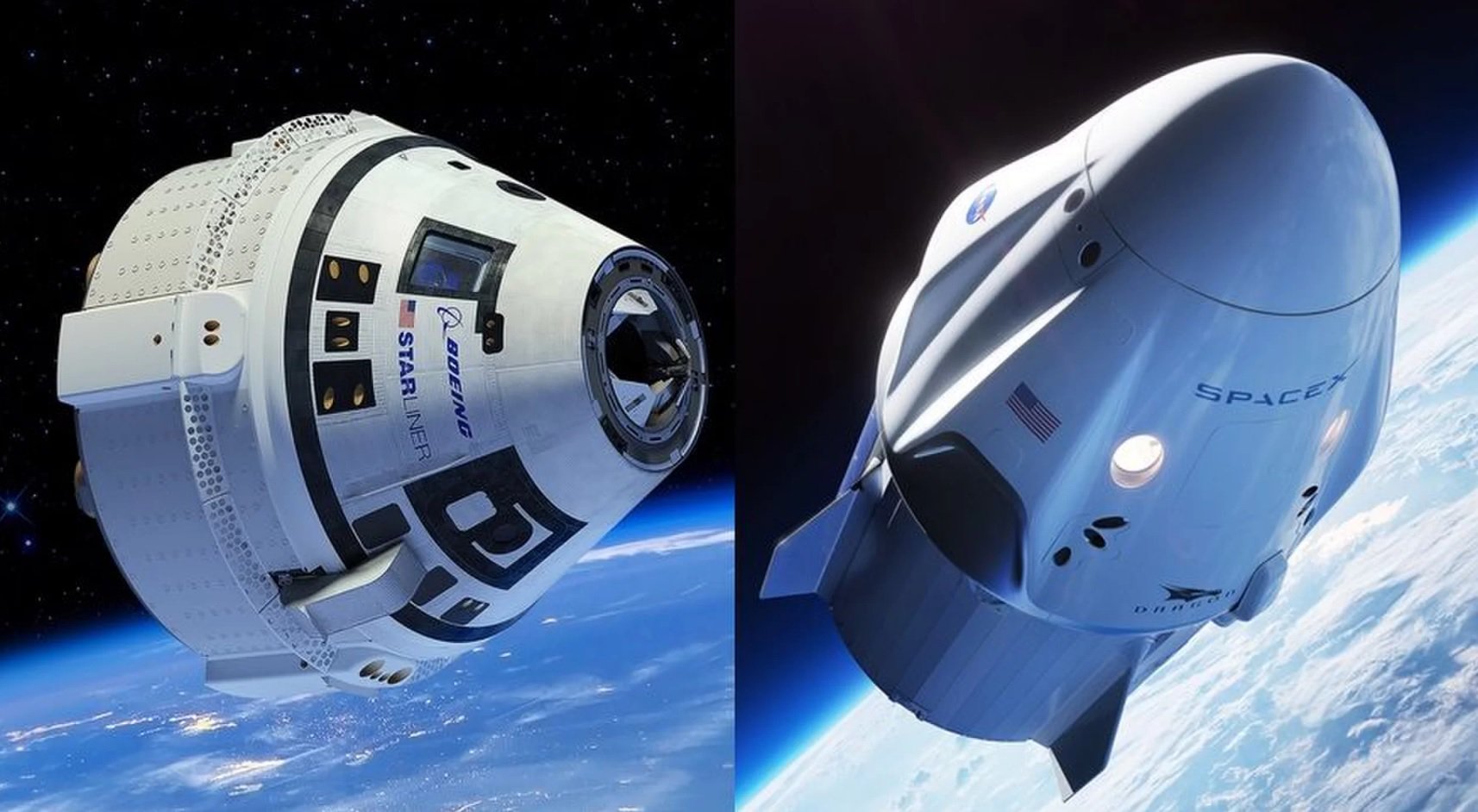
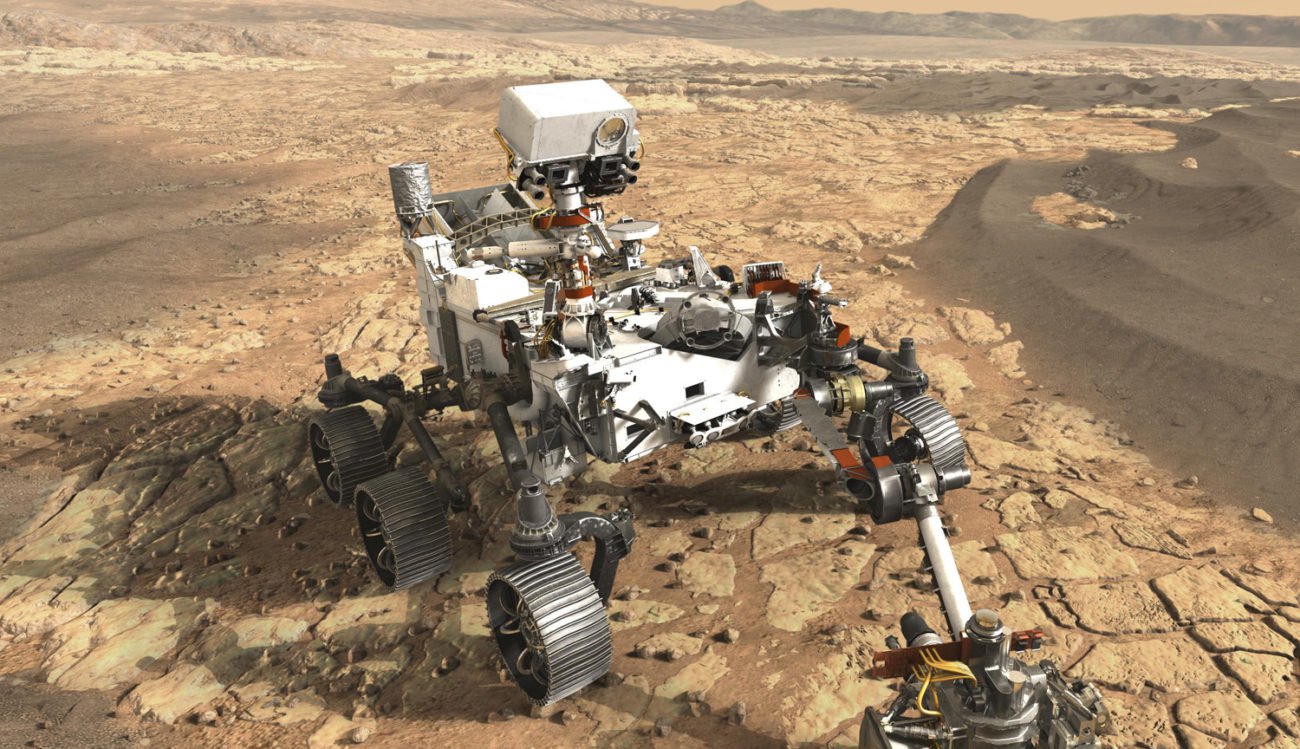
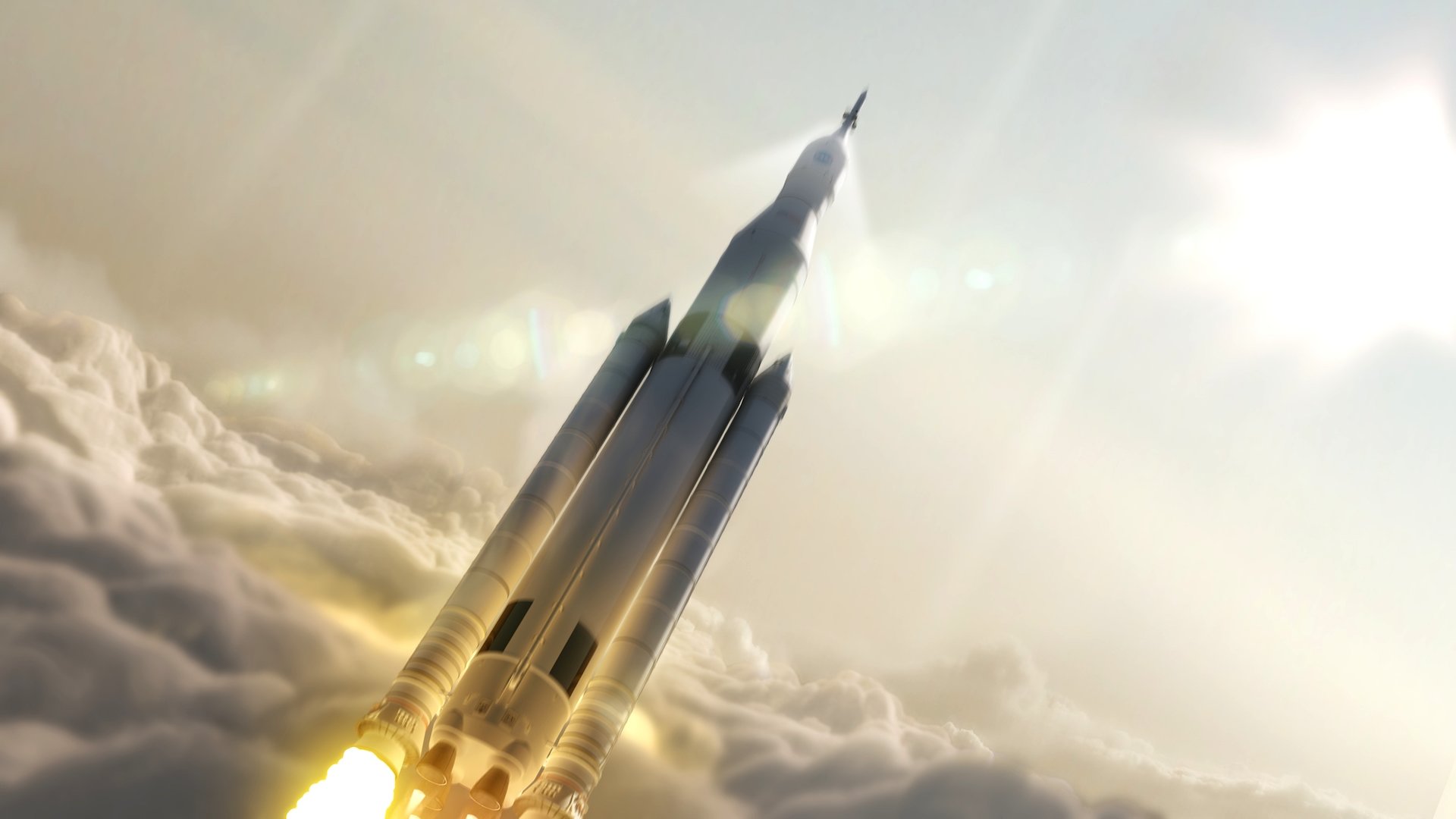
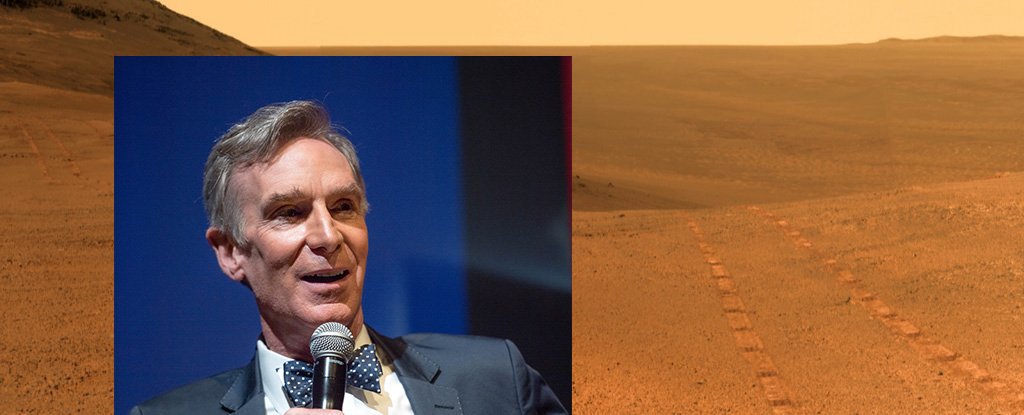
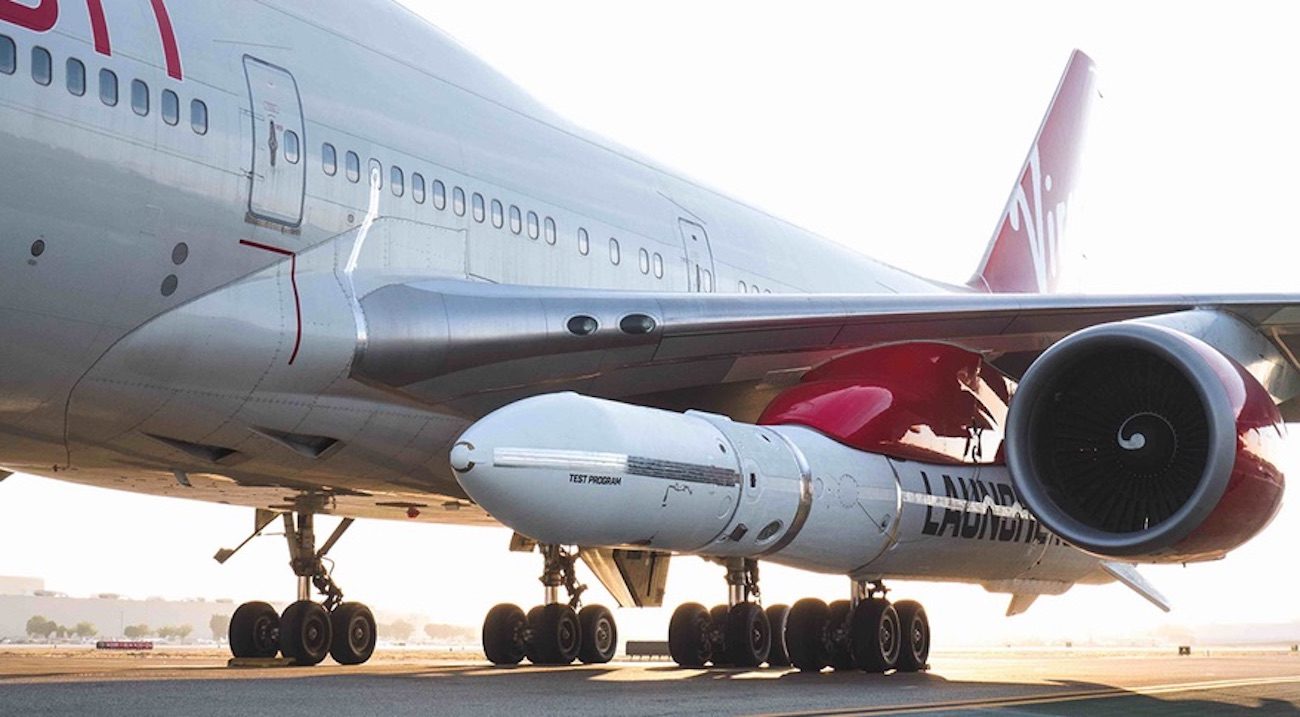
Comments (0)
This article has no comment, be the first!